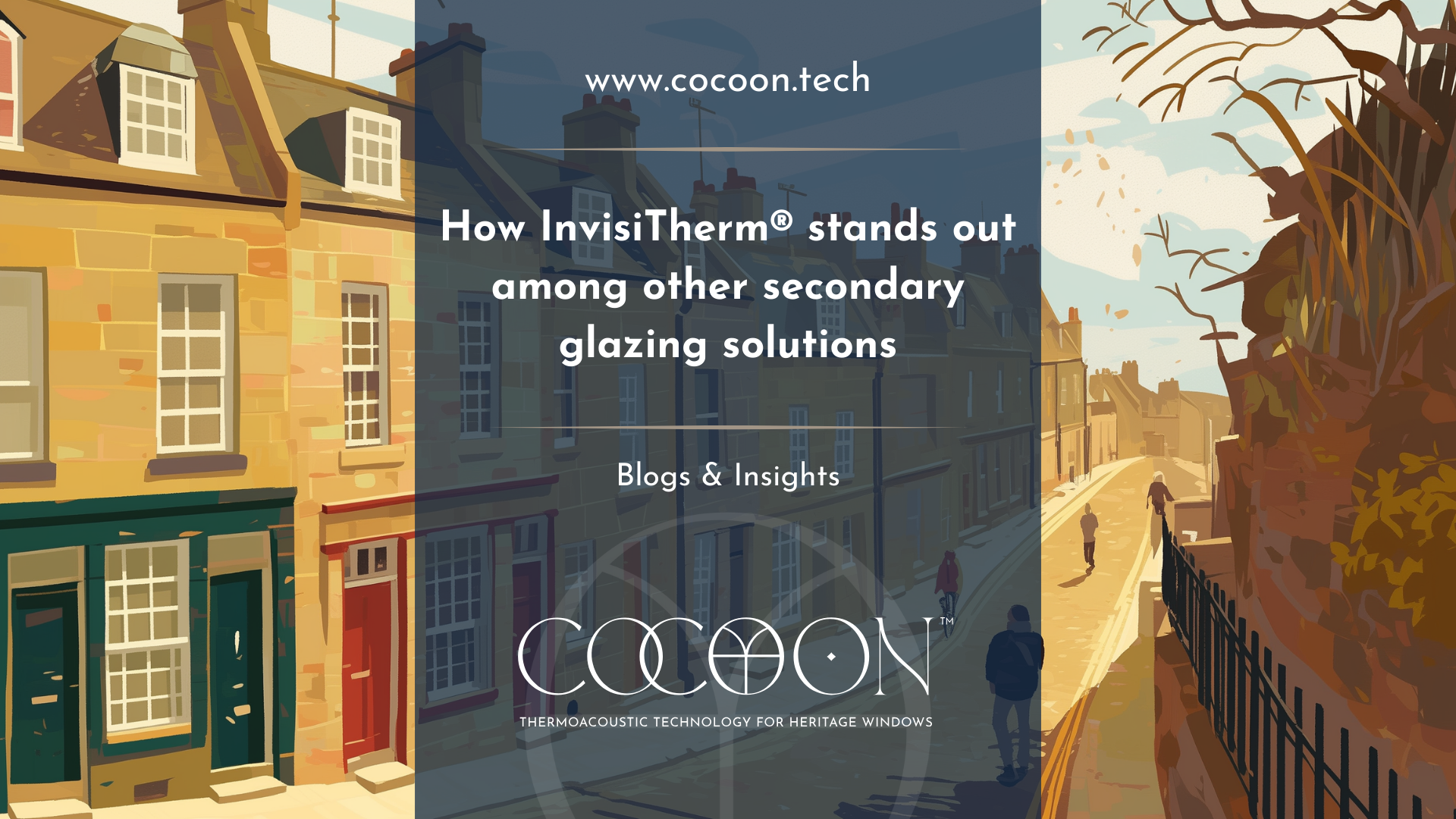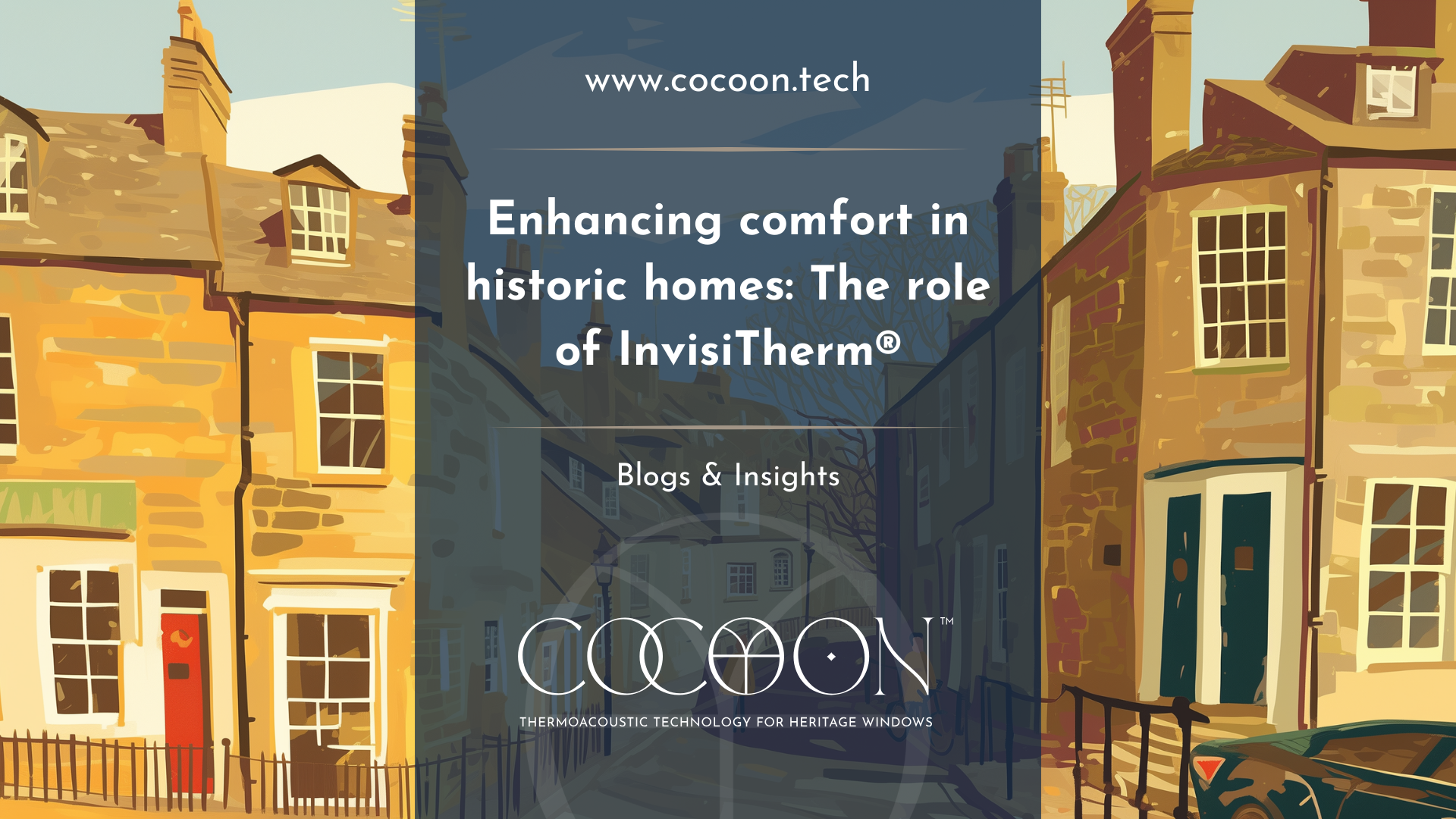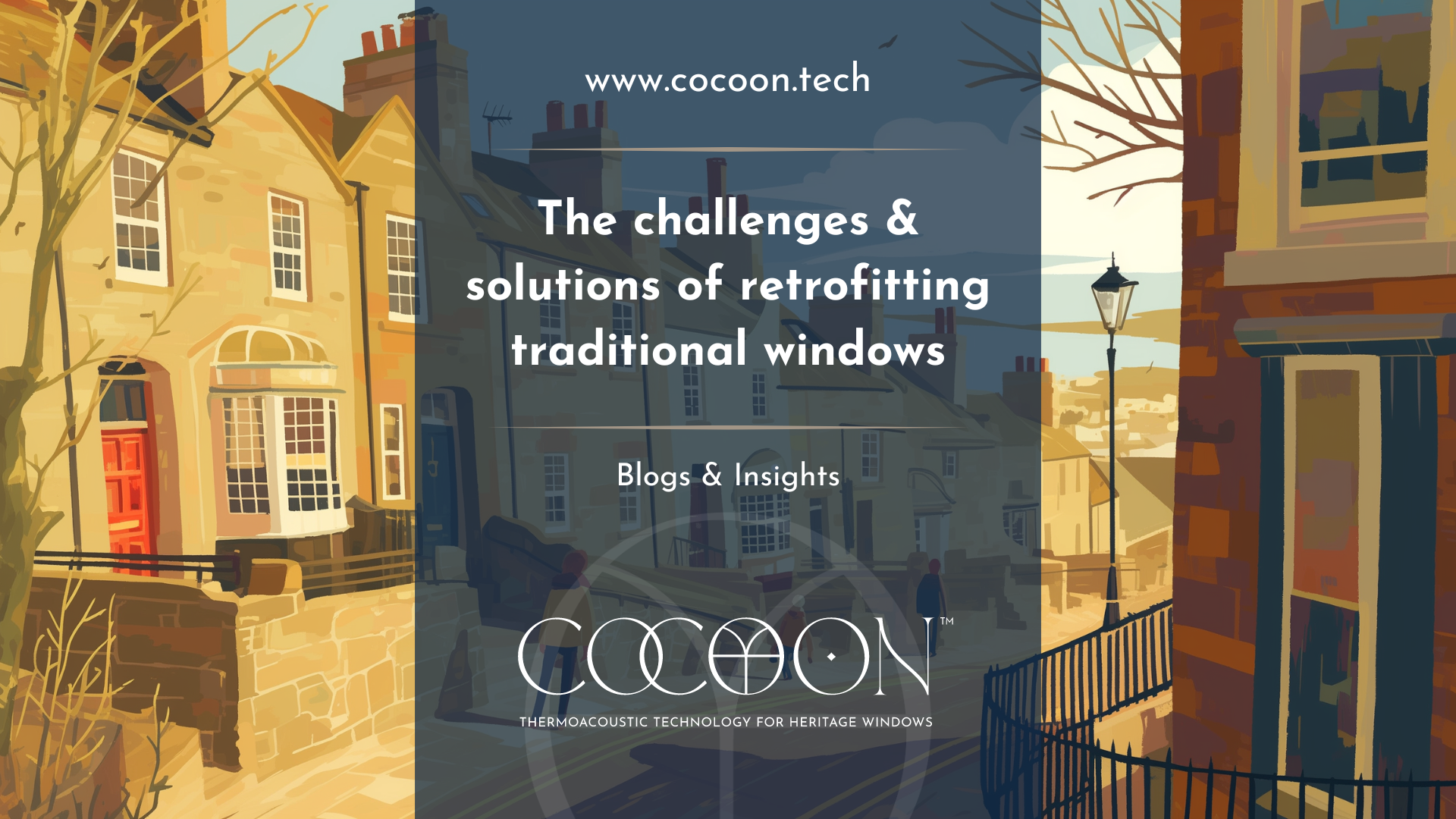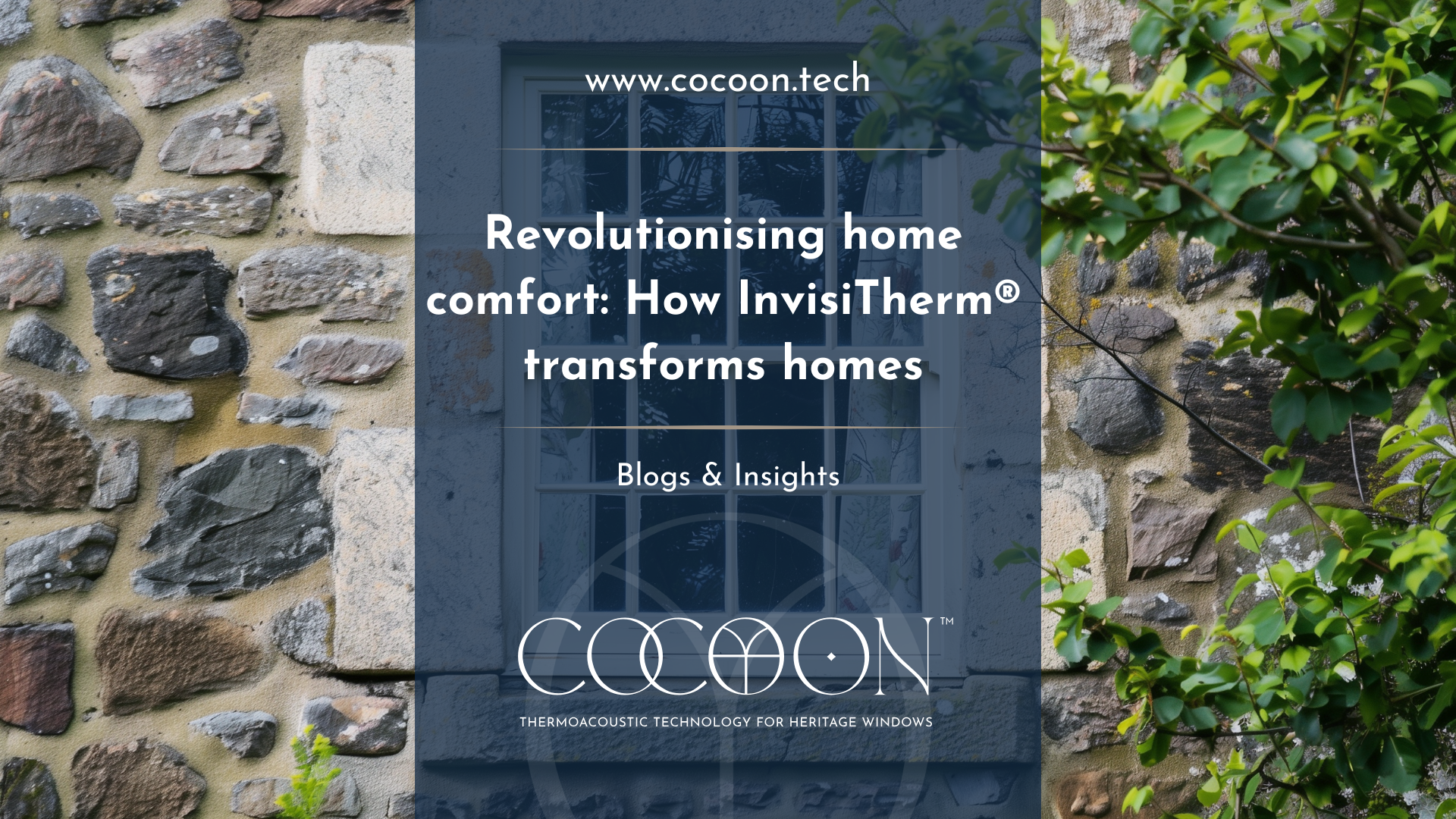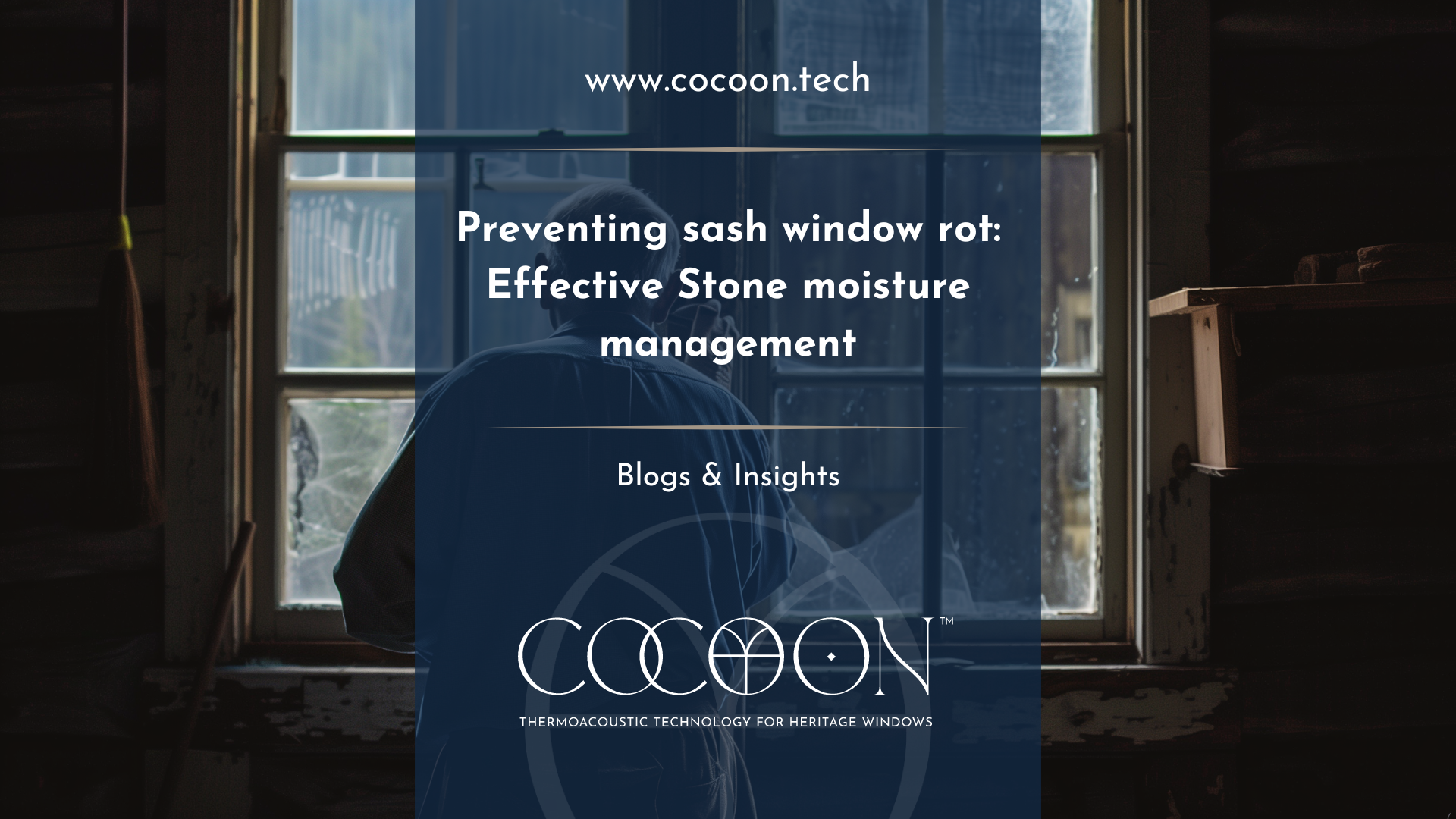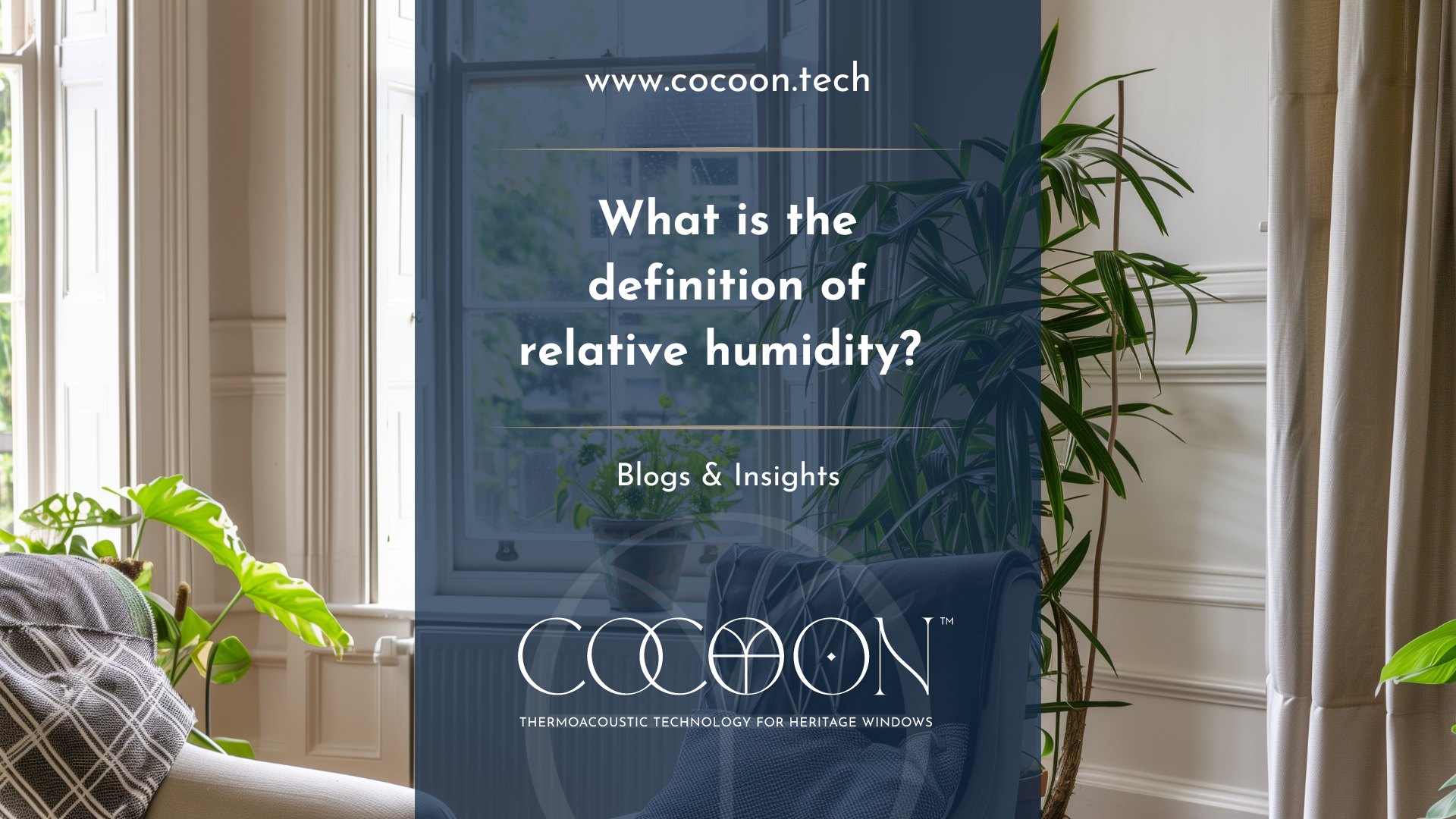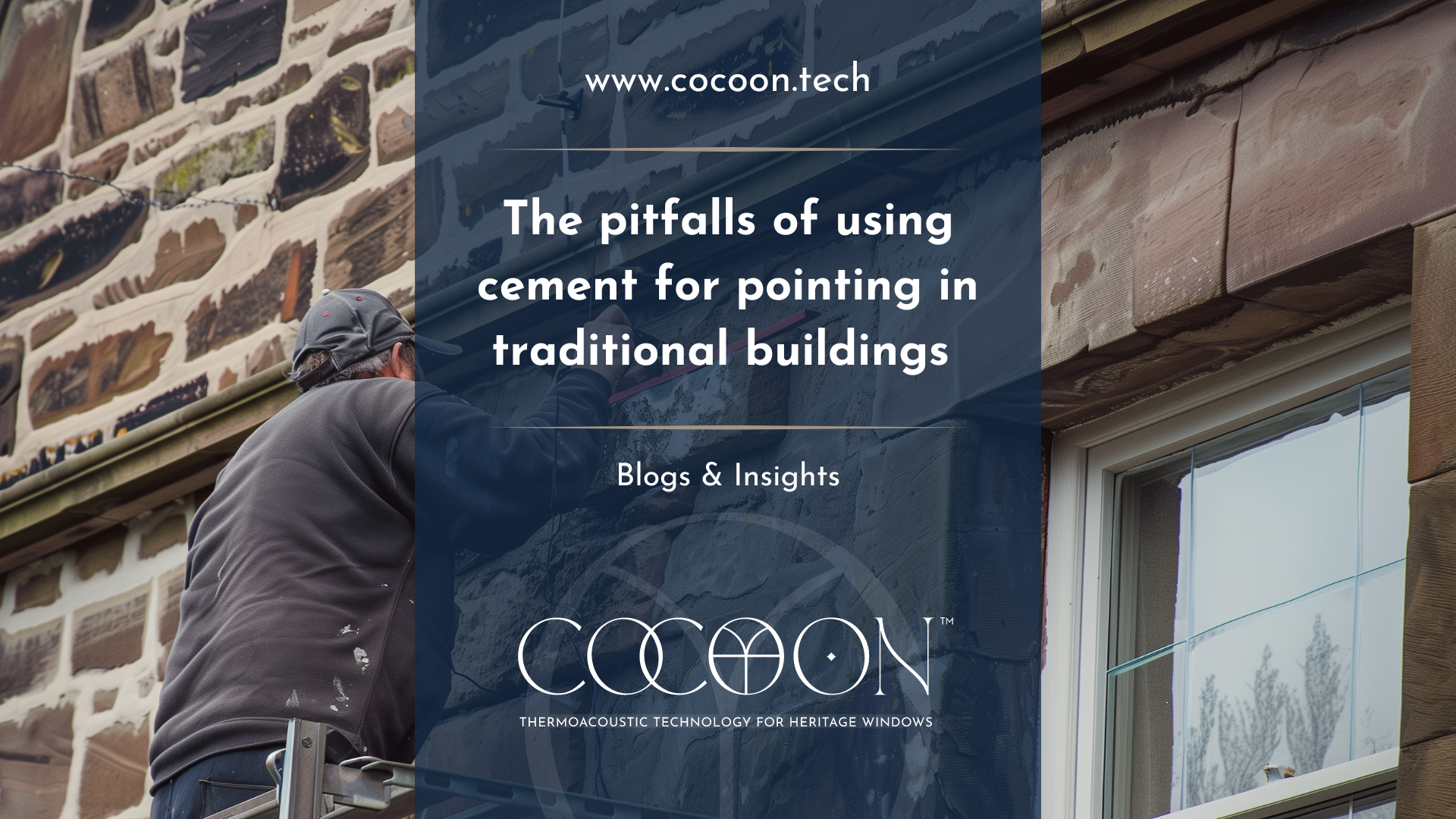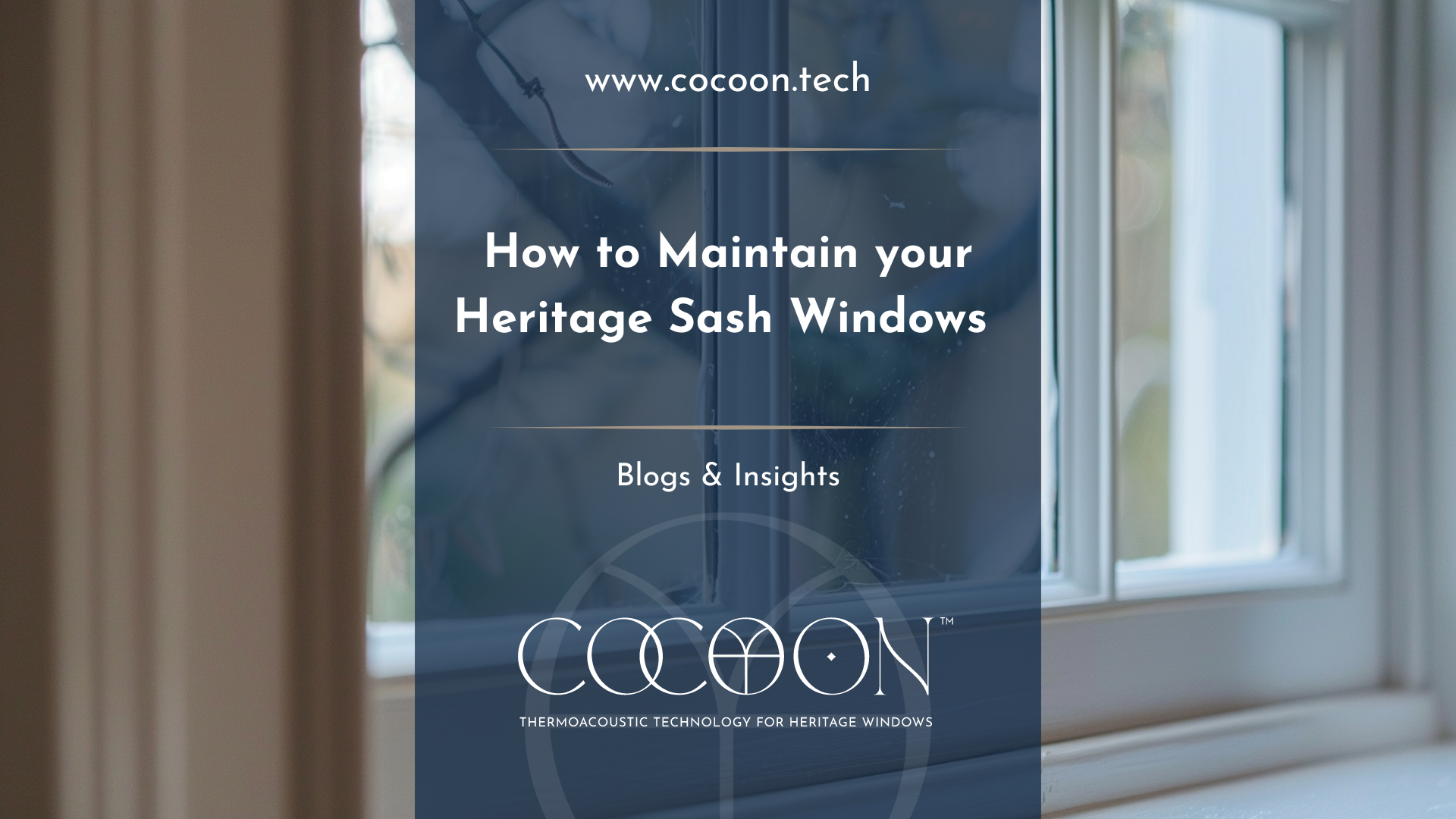Improving Breathability in Traditional Buildings
Improving Breathability in Traditional Buildings

Traditional buildings, often defined as those constructed before 1919, are known for their 'breathable construction'. This characteristic means that the materials used in their construction, such as lime mortars and soft bricks, can absorb and release moisture naturally. While this trait is beneficial for managing indoor climate and prolonging the lifespan of building materials, it also poses unique challenges, particularly in maintaining optimal indoor humidity levels and ensuring the building remains in good health. Cocoon's InvisiTherm® product plays a pivotal role in addressing these challenges, offering a solution that complements the breathable nature of traditional buildings while enhancing their energy efficiency and comfort.
The Importance of Breathability
Breathability is crucial in traditional buildings to prevent issues such as damp, mould, and structural decay. These problems often arise when moisture becomes trapped within the building's fabric, a common occurrence when modern, impermeable materials are incorrectly used in repairs or upgrades. Ensuring that a traditional building can 'breathe' effectively means allowing moisture generated from everyday activities and the natural environment to escape, maintaining a balance that protects the building's integrity and the health of its occupants.
Challenges to Breathability
Maintaining this delicate balance is not without its challenges. Modern living generates a significant amount of indoor moisture, from cooking and bathing to washing clothes. Without adequate ventilation and moisture management, this can lead to excessive humidity levels, condensation on windows, and ultimately, the growth of mould and mildew. Furthermore, efforts to improve energy efficiency, such as sealing gaps to prevent draughts, can inadvertently reduce a building's ability to manage moisture effectively. Find more reading on ventilation in this Historic Environment Scotland article.
InvisiTherm®: Enhancing Breathability
InvisiTherm® offers an innovative solution to these challenges. As a secondary glazing product, it is specifically designed to be water vapour permeable, meaning it allows moisture to pass through it, thereby supporting the natural breathability of traditional buildings. This feature is particularly beneficial in preventing condensation build-up on windows, a common problem in colder months when the difference between indoor and outdoor temperatures is most pronounced. By installing InvisiTherm®, homeowners can improve the thermal insulation of their windows, reducing heat loss without compromising on air and moisture movement. This not only leads to energy savings and enhanced comfort but also contributes to the building's overall health by maintaining appropriate humidity levels. Moreover, InvisiTherm® achieves this without altering the building's aesthetic appearance, an important consideration in heritage conservation.
The water vapour permeable abilities of InvisiTherm® offer several advantages:
Preservation of Building Fabric: By allowing moisture to escape, InvisiTherm® prevents the accumulation of damp and the risk of related structural issues. -
Improved Indoor Air Quality: Effective moisture management helps maintain a healthier indoor environment, reducing the risk of mould and mildew.
Energy Efficiency: InvisiTherm® enhances the insulation properties of traditional windows, contributing to lower energy bills and a smaller carbon footprint.
Conservation of Heritage: The discreet nature of InvisiTherm® ensures that the aesthetic and historical value of traditional buildings is preserved.
Conclusion
The breathable construction of traditional buildings is a testament to the sustainable practices of the past. However, adapting these structures to meet modern standards of comfort and energy efficiency requires careful consideration of their unique characteristics. InvisiTherm® represents a significant step forward in this regard, offering a solution that respects the need for breathability while enhancing the building's performance. For owners of traditional properties, InvisiTherm® not only provides a practical route to improving their homes but also contributes to the preservation of our architectural heritage.


